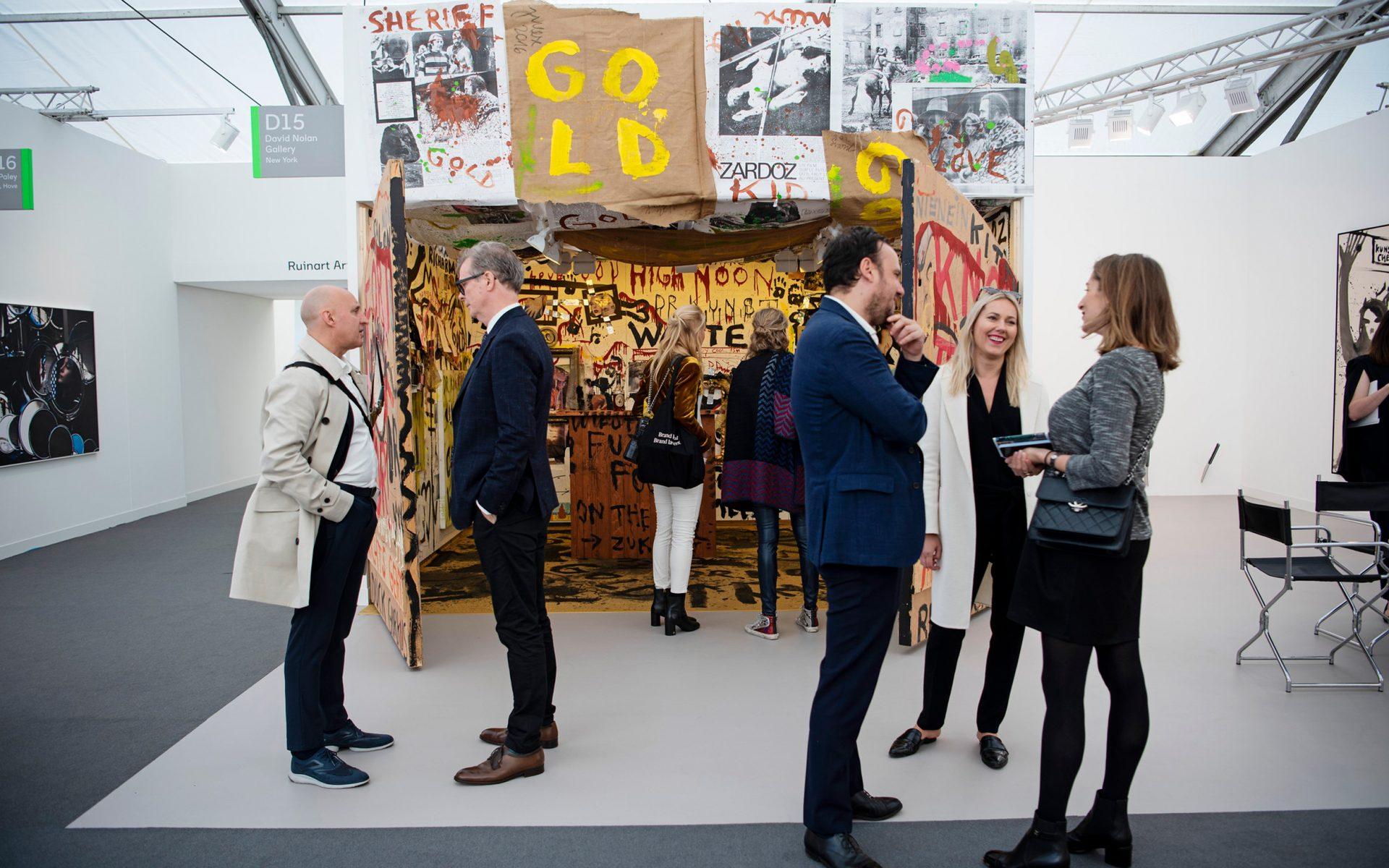

The Artistic Director of Frieze Masters Opens Up About This Year’s Fair
Nathan Clements-Gillespie talks to Galerie about the rarest and most unexpected pieces on view at Frieze Masters

The artistic director of Frieze Masters, Nathan Clements-Gillespie, talks to Galerie about what visitors should be watching out for at this year’s edition.
What are some of the most unexpected pieces on view this year at Frieze Masters?
I’m particularly excited about Lisson Gallery’s celebration of Susan Hiller, which features some the artist’s earliest known works, many on view for the first time. Kamel Mennour has made a beautiful tribute to the late Gina Pane with paintings, documentations of her body art works, and installations. Gilles Peyroulet’s booth features original furniture and objects by Eileen Gray, one of the most important designers of the 20th century. And of course we are thrilled to host the last work by Sandro Botticelli available on the international market, presented by Trinity Fine Art.
The Spotlight section at Frieze is always particularly interesting. What should visitors be watching out for this year?
Spotlight has always served as a platform for audiences and collectors to explore underrecognized artists, but the section is also exciting for the ways in which it offers new perspective on renowned artists, such as through a lesser-known body of work. This year, under the direction of the Drawing Center’s Laura Hoptman, Spotlight will showcase an exceptional group of artists from the 20th century, including Ming Smith and Gordon Parks, as well as lesser-known figures such as K. P. Brehmer, a German artist who engaged in political Pop Art, and Maruja Mallo, an underappreciated contemporary of Dalí and Buñuel. Also on view will be the work of radical collectives like General Idea, a collaboration between A. A. Bronson, Felix Partz, and Jorge Zontal that stood in opposition to the idea of the artist as the individual genius.
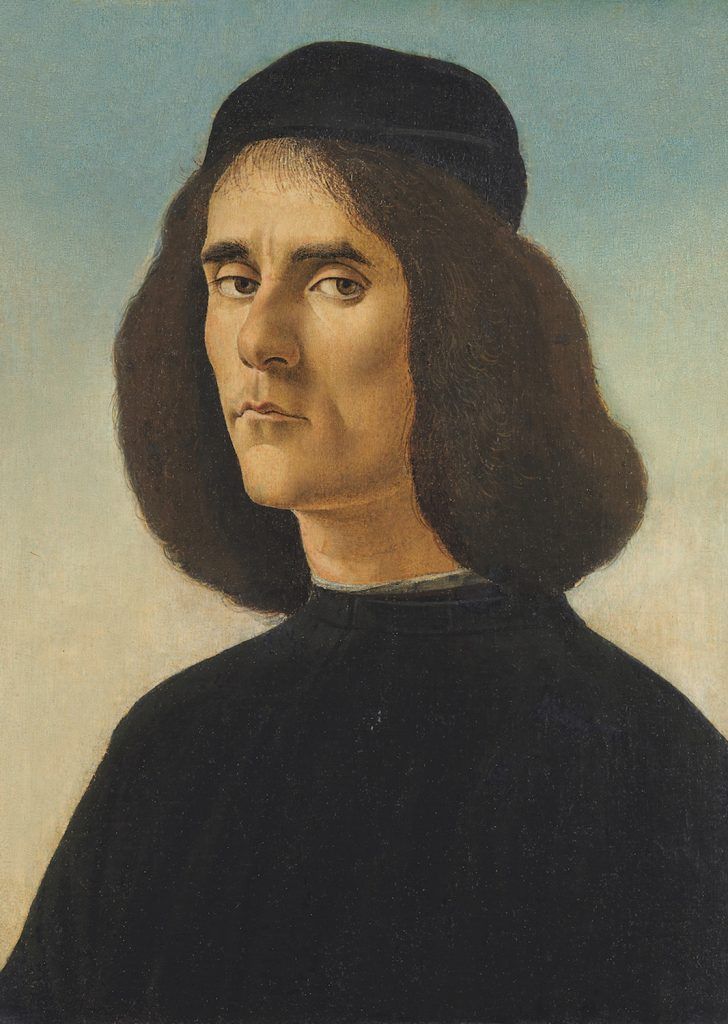
What advice do you have for collectors who are new to Frieze Masters?
Talk to galleries. They are passionate about their work and artists. Gallery booths are not huge and so wall space is precious—every work at Frieze Masters is special and made the cut. Most of all, remember to have fun—collecting is great fun. Living with art enriches our lives.
What do you collect?
I have had the good fortune of getting to know artists of my generation and have a few works by artists whom I consider friends. I also have a few historical works, including the first photograph I purchased (Joseph Beuys performing Iphigenia) and Old Master drawings.
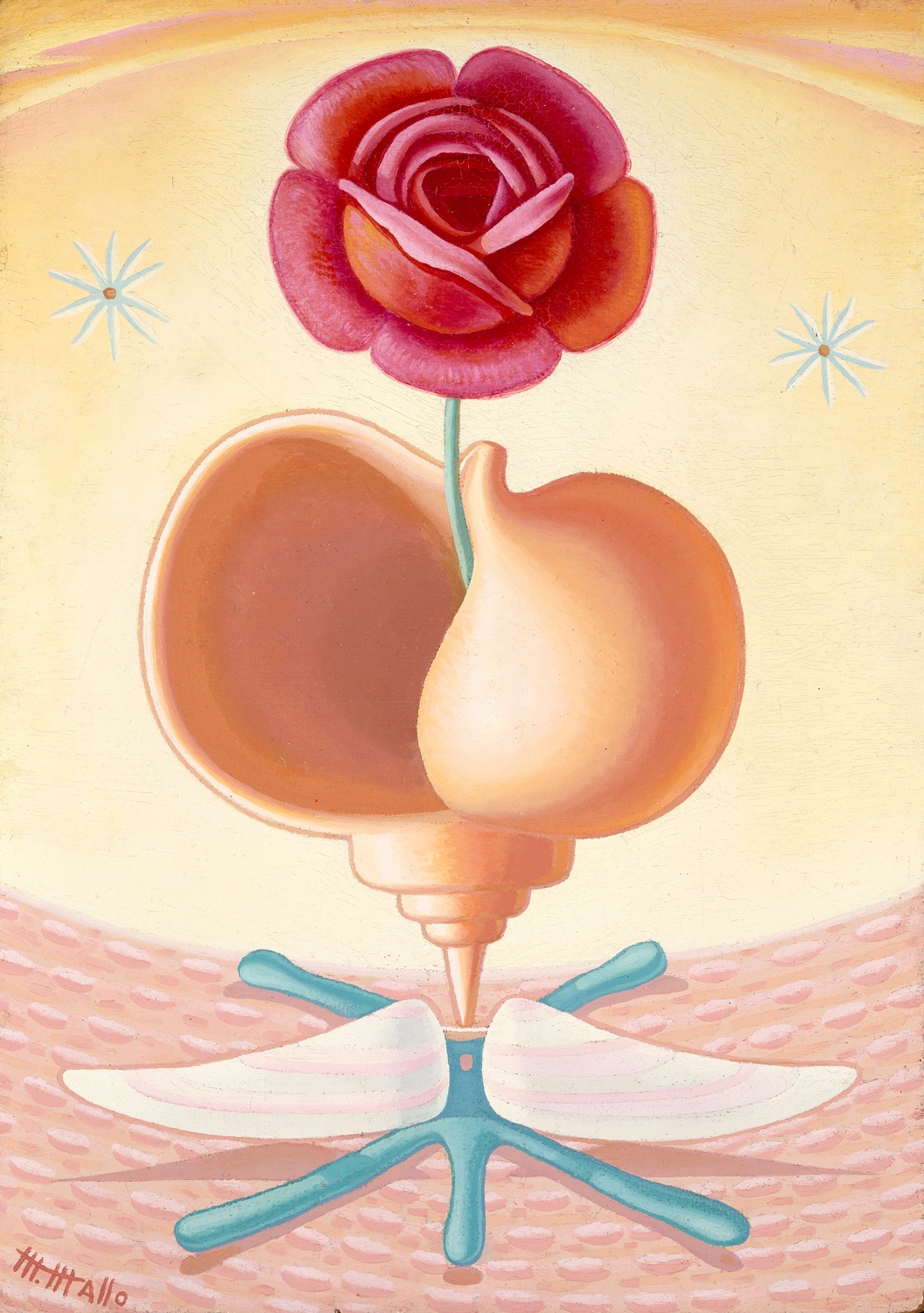
Recommended: 10 Artists to Rediscover in Spotlight at Frieze Masters in London
Once reserved for a more established clientele, antiquities and Old Masters are starting to appeal to younger collectors, thanks in part thanks to fairs like Frieze Masters. What are the benefits of collecting this field as opposed to contemporary art?
Those who are interested in building a collection can take pleasure in owning and caring for objects that can be traced to significant moments of art history. There is also a much smaller pool of antiquities and Old Master works available—so much is located in museums or private collections already, and there is a finite amount of those items available, as opposed to the work of living artists. A collector is almost certain to discover interesting or rarely available works if they are interested in learning more about these periods, artists, and genres.
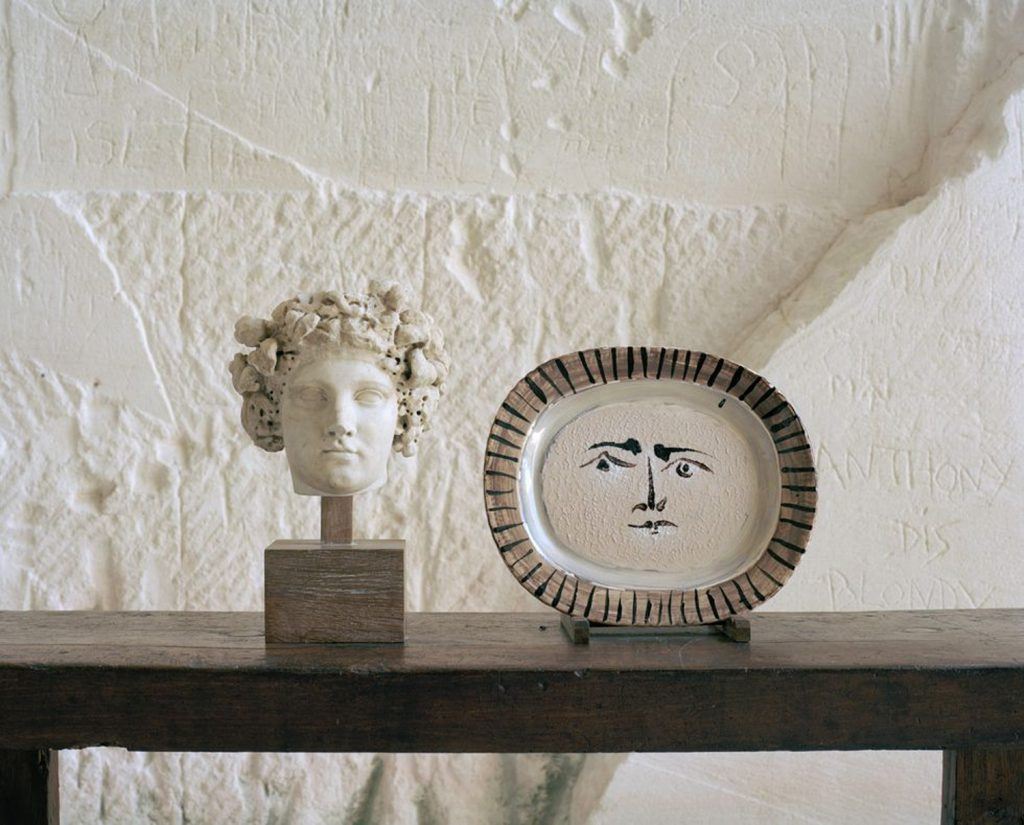
With the proliferation of art fairs such as Frieze Masters, Masterpiece London, and TEFAF, we have seen a rising interest in cross-collecting. Why do you think that is, and how does mixing old and new enhance or elevate the pieces?
Art is creative exchange and expression; it is a form of historical memory. There are aesthetic, formal, and historical parallels between works across periods, genres, mediums, and geographies. Juxtaposing these works offers new perspectives on artists and periods. This can be seen at Frieze Masters within gallery booths—Galerie Chenel, for example, is presenting this year a selection of ceramic works by Picasso whose motifs were influenced by Greek and Roman archaeology. Hauser & Wirth and Moretti Fine Art use Milan’s iconic artist hangout Bar Jamaica as a metaphor to explore a thousand years of Italian creative genius, from medieval gold ground paintings to postwar Pop.
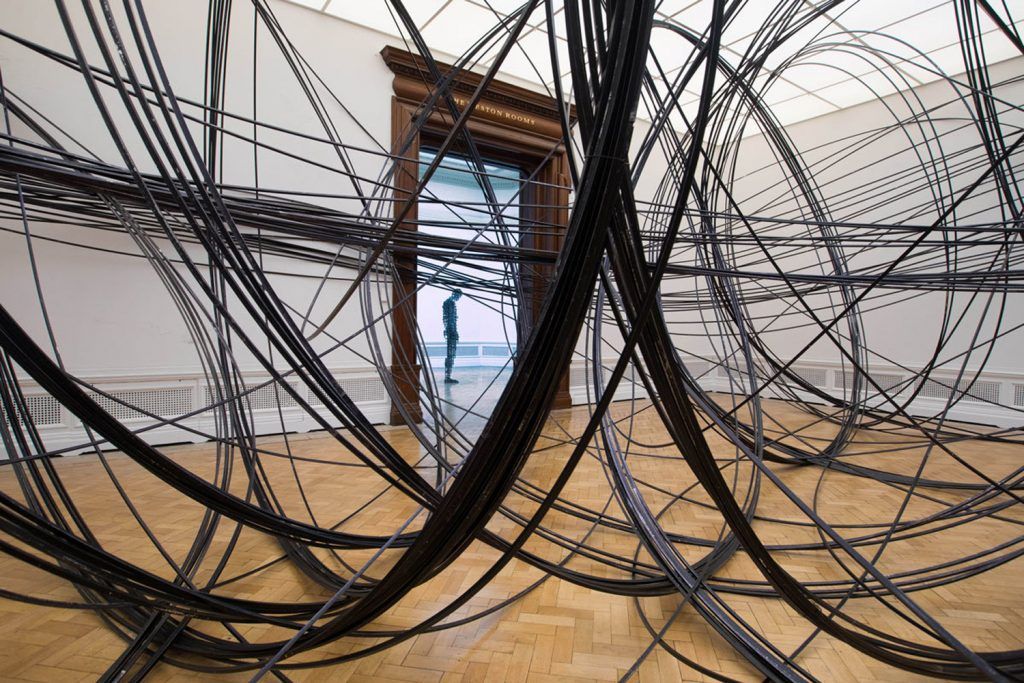
What else are you looking forward to seeing in London during Frieze Week?
The gallery shows during Frieze Week are exceptional! Antony Gormley at the Royal Academy, Danh Vo at the South London Gallery, Gauguin portraits at the National Gallery, Elizabeth Peyton at the National Portrait Gallery, Rembrandt at the Dulwich Picture Gallery, Kara Walker at Tate, and also Sterling Ruby and Cy Twombly at Gagosian. There’s also Alvaro Barrington at Sadie Coles, Oskar Schlemmer at Ropac, Neel Beloufa at Kamel Mennour, Mark Bradford at Hauser & Wirth, and Ai Weiwei at Lisson—it is an embarrassment of riches in London!
Frieze London and Frieze Masters is on view October 3–6 at Regent’s Park in London.






